The Last of Us stands as a rare example of a video game adaptation that manages to capture the essence of its source material. HBO’s adaptation demonstrates a strong commitment to the original narrative, retelling the story through a fresh lens while making certain creative adjustments for television. Although the core narrative remains intact, the showrunners implemented several modifications that enhance character depth and plot development.
Below, we explore some key differences between the HBO series and the original video game.
Note: This article includes subjective insights and will discuss significant plot points that contain spoilers.
HBO’s The Last of Us: A Unique Adaptation
1. The Evolution of Bill’s Character
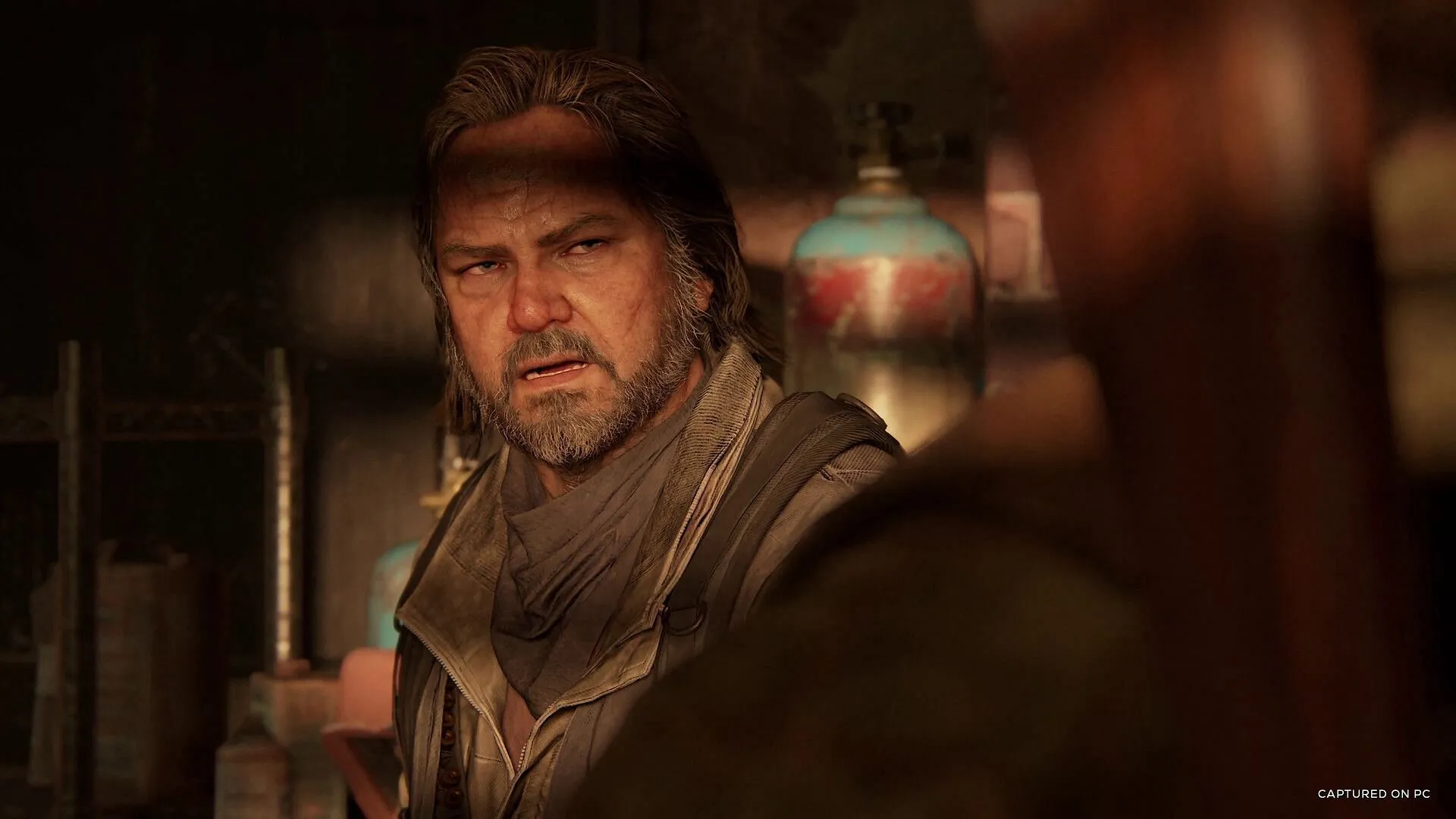
In the video game, Bill is introduced as a solitary smuggler residing in Lincoln, where he faces off against infected and raiders. Joel and Tess seek his assistance in finding a working vehicle amidst the chaos of the post-apocalyptic world. While Bill offers crucial help, his interaction with the main characters is limited.
Conversely, the HBO series delves into Bill’s backstory, revealing his relationship with Frank—a character merely hinted at in the game. The show presents a poignant narrative of their love and shared life before they make a tragic decision to end their lives together. This adds complexity to Bill, allowing him to be alive during Joel and Ellie’s encounter, diverging significantly from his portrayal in the game.
2. Tommy’s New Family Dynamic
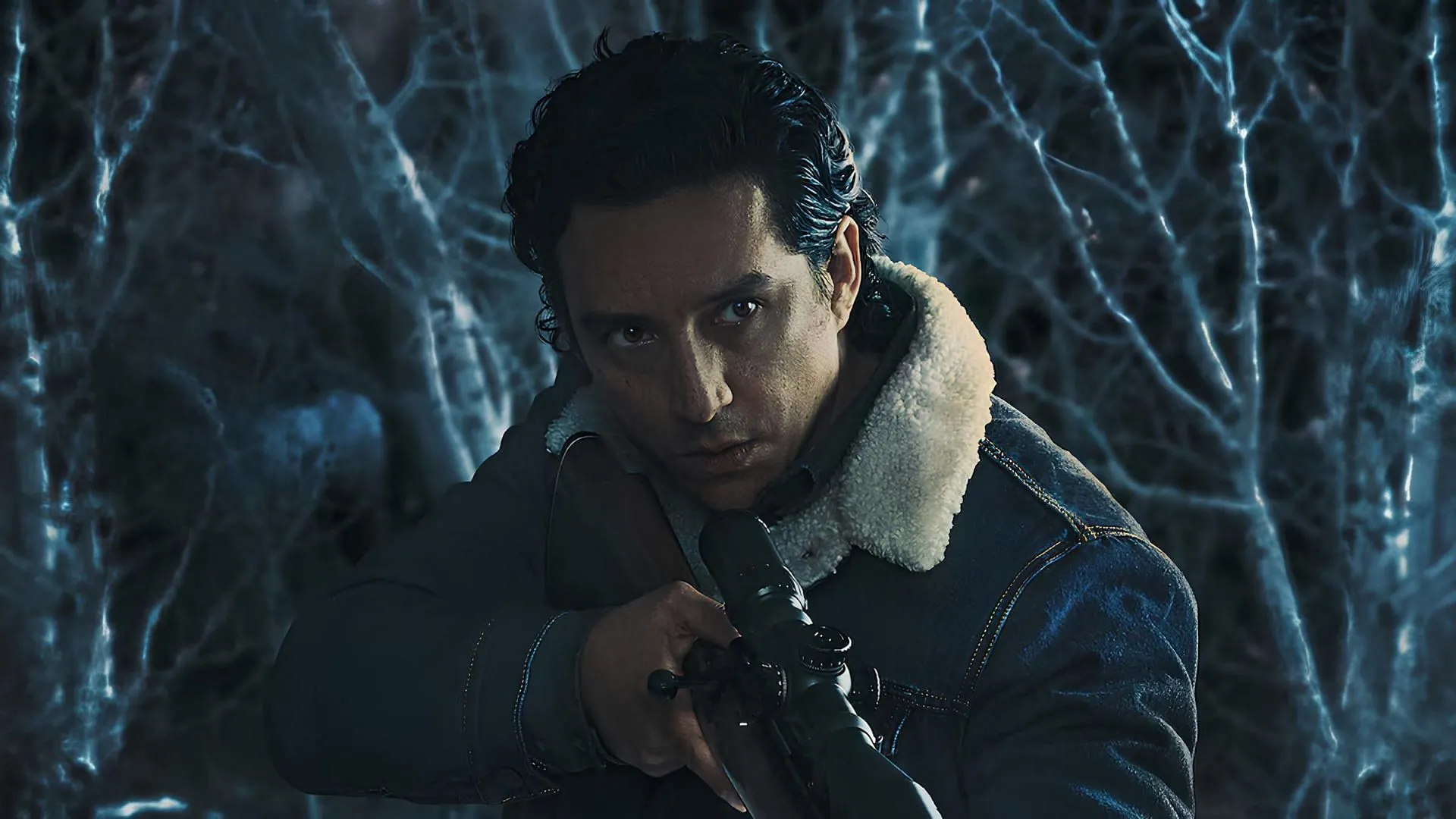
At its heart, The Last of Us is a narrative steeped in themes of love and family. This is particularly exemplified in the cold opening, which highlights Joel’s devastating loss of his daughter Sarah on Outbreak Day. In a significant character development for Tommy, the series introduces a storyline in which he and Maria are expecting a child, a plotline absent from the game.
This adjustment promises to raise the stakes in potential future seasons, exploring Tommy’s experiences as a father while navigating the harsh realities of survival in a ravaged world.
3. The Transformation of Henry and Sam
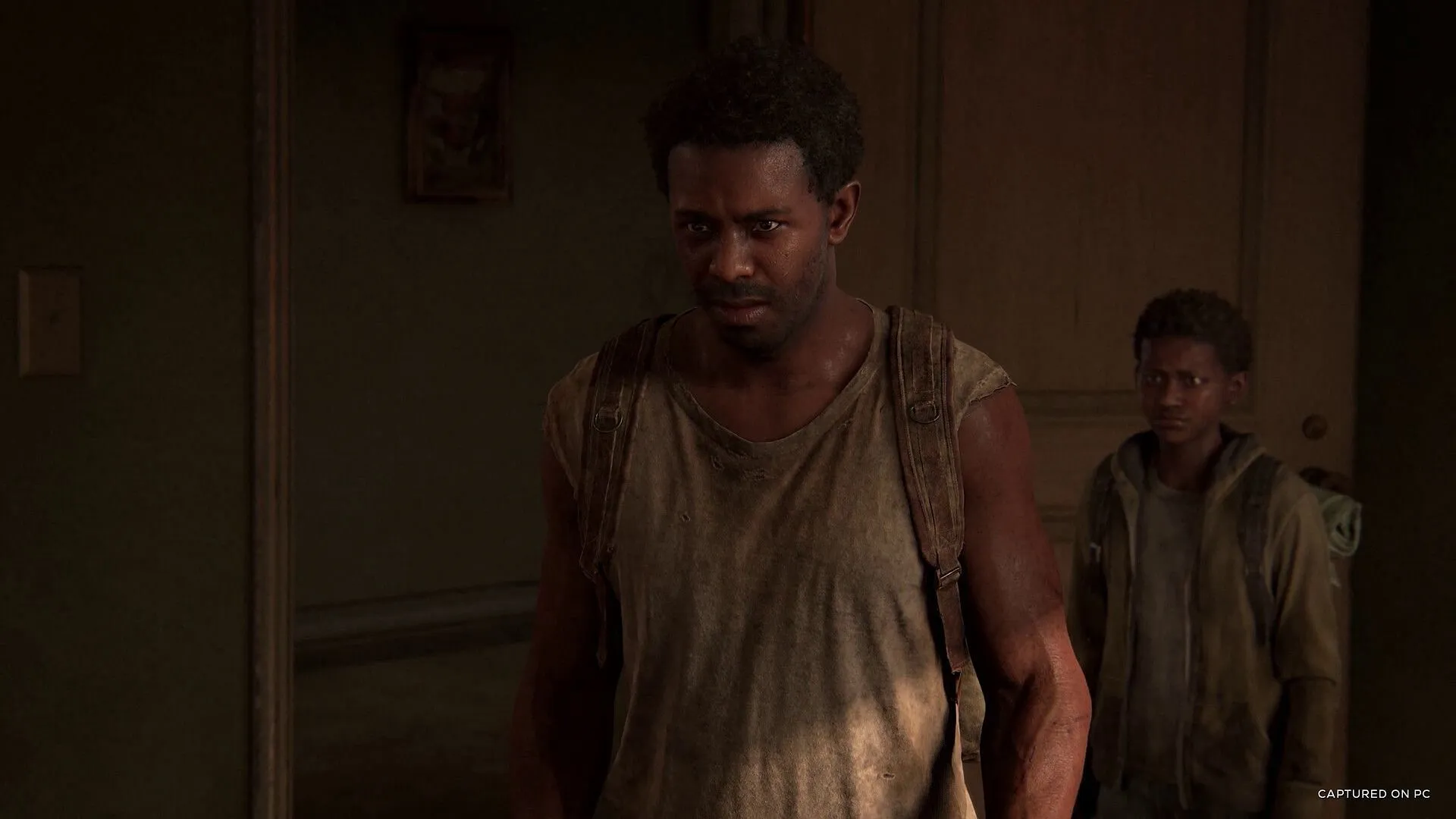
In the game, players encounter brothers Henry and Sam as they attempt to navigate a city infested with danger. While Henry is depicted as a resourceful survivor adept in weaponry, the HBO adaptation reimagines him as a Kansas City resident who finds himself on the wrong side of a resistance movement due to past affiliations with FEDRA.
Moreover, the show introduces a significant change by making Sam deaf, emphasizing his reliance on older brother Henry. Their escape from the city, initially appearing successful, takes a darker turn when Sam reveals he has been bitten, igniting a tragic sequence of events. Unlike the game where Sam keeps his infection a secret, this adaptation drives home the emotional weight of their circumstances, culminating in a heart-wrenching conclusion.
4. A Shift in Timeframe
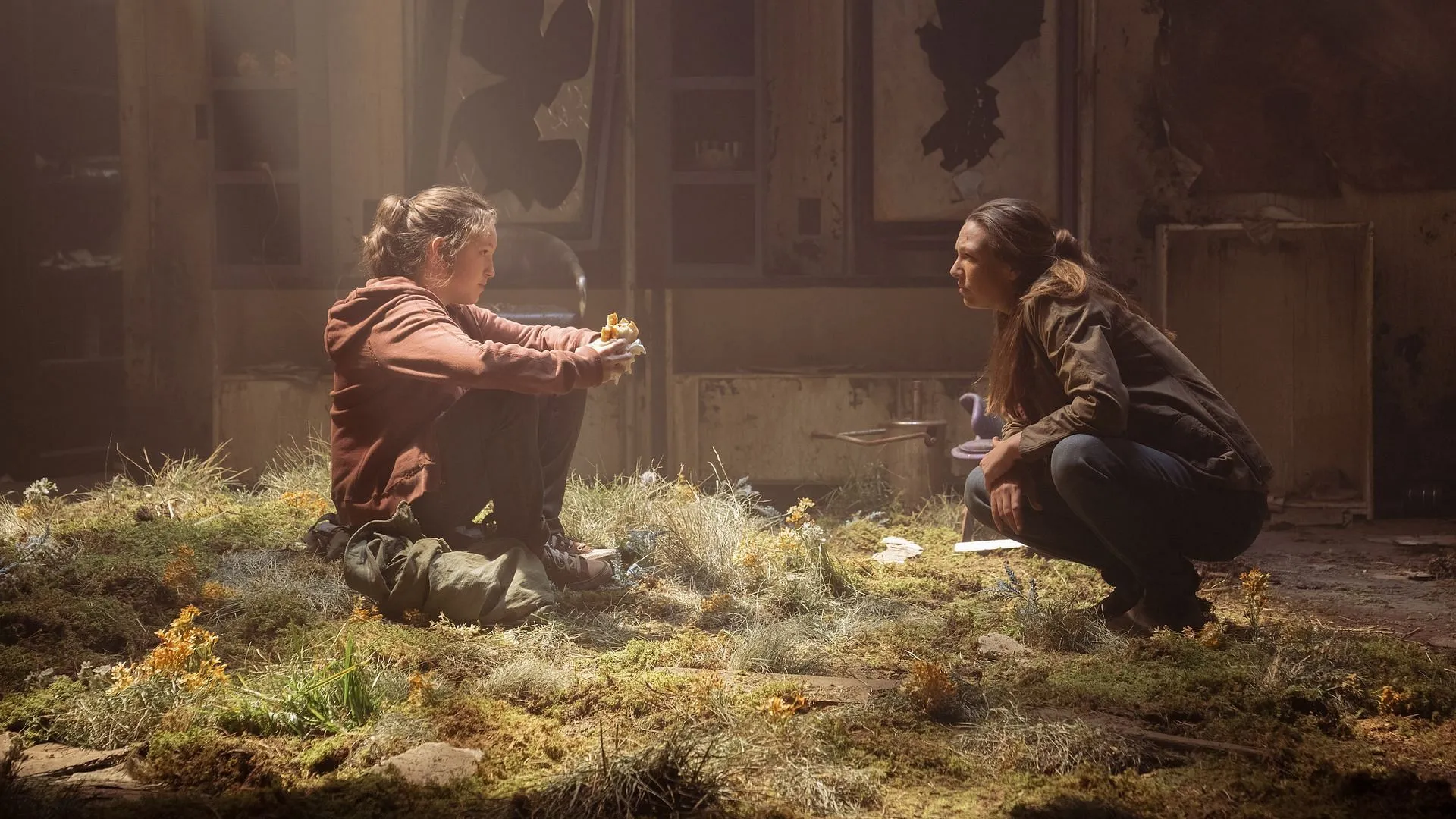
The original game debuted in 2013, beginning in the very same year. Its sequel Katyisha flash-forwarded to 2033. However, the HBO adaptation initiates its prologue in 2003, providing a richer context for the origins of the Cordyceps outbreak and allowing characters to make use of technology reflective of that era.
This creative decision not only serves the narrative but also enhances character dynamics as they adapt to a world that was technologically advanced in 2003 but has since fallen into disrepair.
5. Joel’s Hearing Impairment
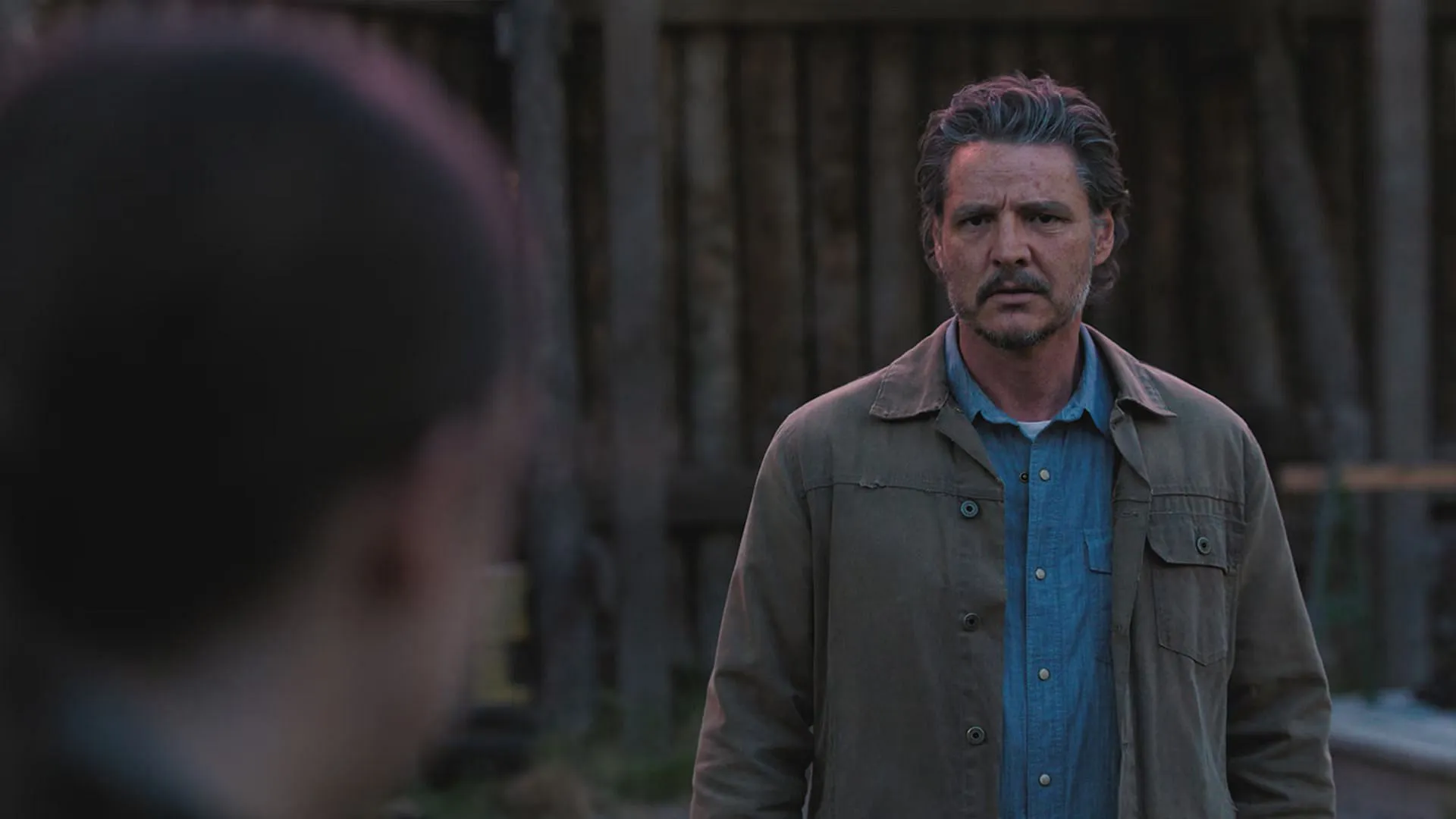
Pedro Pascal’s portrayal of Joel Miller presents a more aged and vulnerable survivor compared to his video game counterpart. The series introduces an unexpected twist: Joel’s hearing is compromised in his right ear due to years of violence and a traumatic attempt at self-harm. This significant change creates a stark irony, especially as the games incorporate a hearing mode allowing players to detect threats silently.
As a narrative device, Joel’s hearing impairment underscores the toll that survival has taken on him, presenting a man slowly becoming a relic of his former self in a world dominated by chaos.


